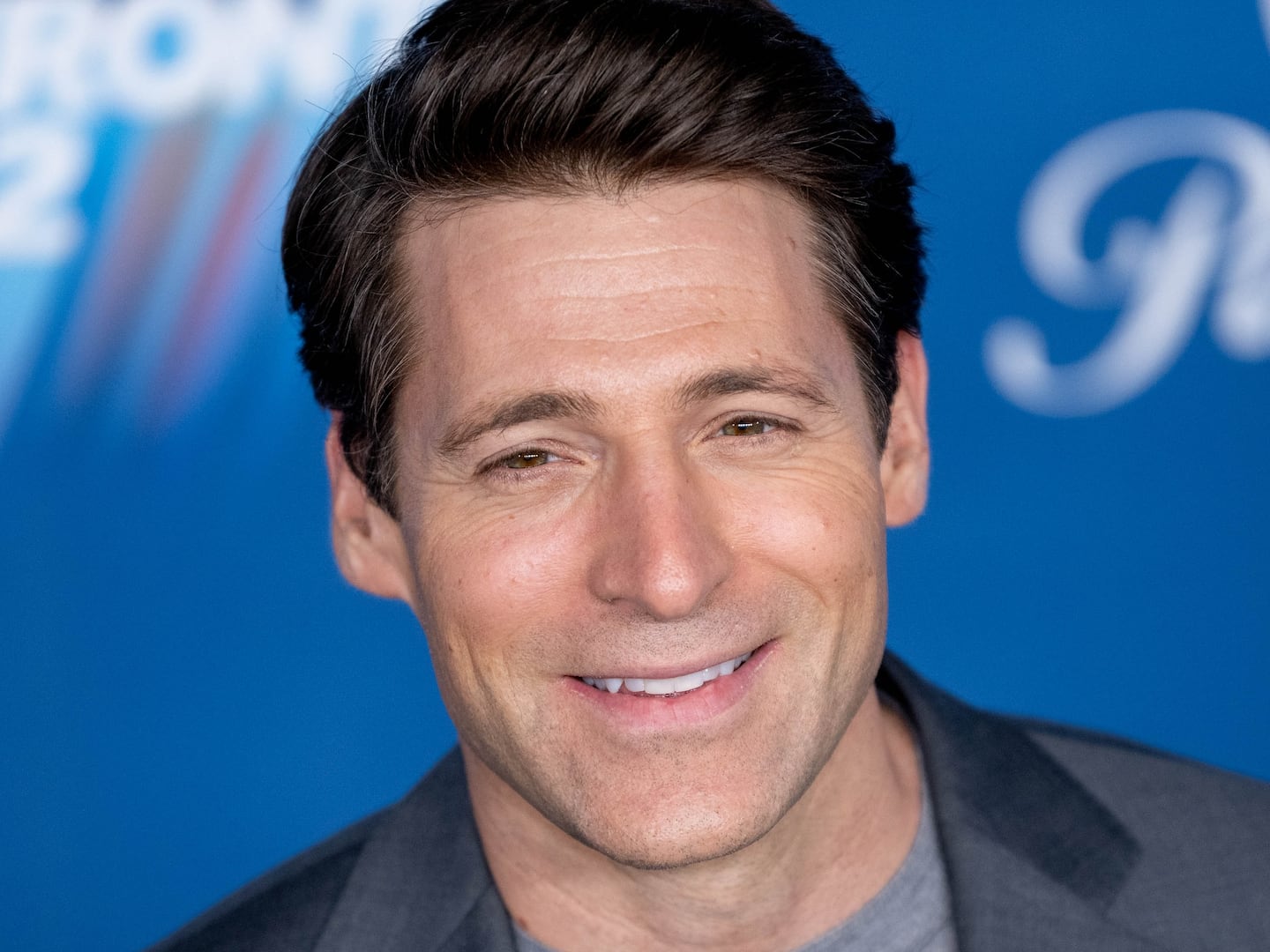What courageous soul first braved the oyster? Surely, our stone-age predecessors had watched crabs eat them, but crabs are belligerent, armored water spiders, not role models.
Bless the intrepid.

At some point people discovered the joys of slurping oysters and then proceeded to eat a lot of them. A ton. So many that oyster populations in many salty waterways, like New York Harbor and the Chesapeake Bay, were destroyed. But, thanks to hard work by a handful of innovative entrepreneurs over the last few years, we’ve seen those areas become fertile grounds for bivalves once again. More on that shortly.
How popular were oysters with North America’s earliest residents? When I was a kid, you could find piles and piles of ancient empty shells left by hungry native Americans along the East Coast. Essentially kitchen trash piles, those heaps are called middens. (I mean, I don’t think the one in my kitchen is called a midden—that’s just trash.)
What I like about them is the suggestion that even as hunter-gatherers, we were gastronomes, willing to put a lot of energy toward the extraction of a tiny but delicious edible. Mark Kurlansky points out in his book, The Big Oyster: History on the Half Shell, “it would take 52,267 oysters to supply the same number of calories to be had by eating one red deer.”

But humans ate the oysters anyway. Even when our basic needs of food and shelter required most of our attention, we still took the time to eat things because they tasted good.
New Yorkers in the late 19th century ate cheap oysters off of carts as if they were peanuts. It would be nothing to slurp a couple dozen shells on the corner in between meals, even in between snacks.
But sadly, the oyster population was soon depleted. (Passenger pigeons and cod met the same fate; we are always hungry for cheap protein.) Technological advancement coupled with rapacity is a terrifying combo. At the dawn of the 20th century, there were no oysters left in New York Harbor. The Chesapeake Bay picked up the slack, producing 20 million of the bivalves in 1910, but we ate them all, too. The Chesapeake was down to a meager 21,000 bushels in 2001.
Enter Ryan and Travis Croxton, cousins and co-founders of the Rappahannock Oyster Company. Their grandfather leased oyster beds in the bay and ran them just as they had always been run, plugging along with a hired team of watermen. As kids, the only thing the cousins learned about the oyster business was to stay away from it. When their grandfather died, the Croxtons inherited 150 acres of oyster beds, which sounds substantial until you realize that an acre of those grounds costs about a dollar.
“That and a couple of Polaroids were all that was left of the business,” says Ryan.

The cousins kept their day jobs at Capital One bank, but they started seeding the beds they had inherited with oysters. The company grew. In 2004, they brought some of their oysters to market. Last year, they produced 21,000 bushels, which was (appropriately) the same amount of oysters that came out of the whole Chesapeake the year they began. The bay, as a whole, is up to 600,000 bushels a year.
New York is also on the rise. The Billion Oyster Project reports that it has put 17,000,000 oysters in the city’s historic harbor so far. No word yet when they’ll be ready to eat.
What oyster farmers like the Croxtons and programs like the Billion Oyster Project are doing is more than sustainable. It’s restorative. It’s growing. So far, there seems to be no downside.
“The ecological benefits are tremendous,” says Ryan.
The oysters filter the water and remove nitrogen, in the process controlling the algae that is threatening to clog waterways across the country.

And they are, of course, good eating. When Ryan talks about the flavors of the oysters he grows, he seems entranced. He prefers the less salty ones that the Rappahannock Oyster Company grows, since they “open up to more of what the oyster eats,” he said. “What’s coming from the Blue Ridge.”
Excited by their oyster success, the Croxtons are on a new mission: They recently embarked on a program to attempt to reseed the Chesapeake with bay scallops. They’re temperamental babies, and the beginnings have been touch and go. But I have faith. I can’t wait.






